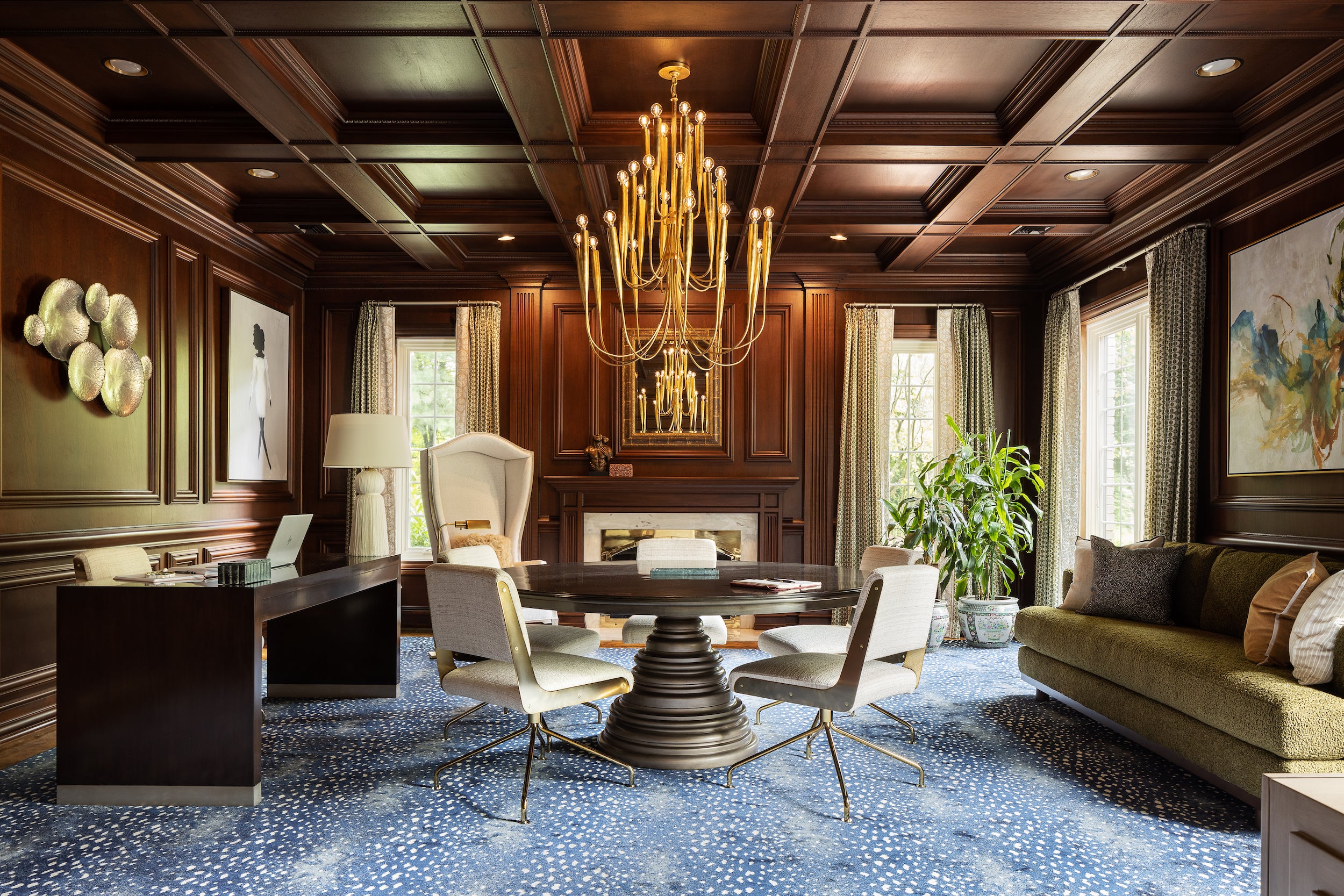Every project hinges on sourcing and shopping, and how you approach the product side of your business can make a big difference for your bottom line. There’s no right or wrong here, just what’s right for you. Ready to start thinking more strategically? Twelve designers share what works for them.
What if there were subtle course corrections that could transform your sourcing process to make it more efficient, more inspiring and, yes, more profitable? With that goal in mind, we asked a dozen designers with wildly different approaches to spill their shopping secrets. Taken together, the result is an array of strategies and shortcuts that are not only easy to implement, but may also challenge you to look at procurement in a new light—and as a ripe opportunity for revenue growth.
» Stock up strategically if you want wholesale pricing.
Birmingham, Alabama–based designer Douglas C. Davis has adjusted his approach to shopping as his eponymous firm keeps adapting and growing. These days, sourcing challenges have shifted his vendor loyalty and helped him clarify what he’s looking for from his partners.
» Start with a local showroom.
After founding Avery Frank Designs six years ago, Richmond, Virginia–based designer Avery Sefcik tapped into neighborhood design resources as a stepping stone to opening his own accounts—a move that provided him access to bigger brands and much-needed support.
» Sometimes, the secret to success is showing up.
After a 15-year career in finance, Amhad Freeman took a leap of faith and pivoted to design. Five years later, he leapt again—this time, leaving an established business in Nashville, Tennessee, and relocating to Chicago in 2021. What hasn’t changed since the big move? His vendor-first approach.
» Curate your vendor list for VIP treatment.
When designers talk about streamlining, they’re usually talking about their internal processes. But for South Orange, New Jersey–based designer Gail Davis, winnowing her vendors to a select few has been the key to success.
» Customize retail items to deliver luxury on a deadline.
Celebrity chef turned designer Travis London, whose firm, Studio London, is based in Miami and Los Angeles, developed an unconventional approach to selling retail finds thanks to clients with big budgets and tight timelines. Even as some of those advantages around availability slip away, the strategy has become a hallmark of his design practice.
» Mix high and low, new and antique, to maximize margins and budgets.
Designer Clara Jung launched the San Francisco–based firm Banner Day Interiors in 2014 after a stint in the Peace Corps and a law career. Amid the pandemic, she is reevaluating the push-pull of client expectations and product availability.
» Track your spending to level up your purchasing power.
Chicago-based designer Dan Rak, a former tax lawyer, has taken an analytical approach to maximizing his vendor relationships: He quantifies his firm’s spending to showcase the value of his business.
» Nurture—and lean on—your vendor relationships.
When Abigail Marcelo Horace founded her Connecticut-based firm, Casa Marcelo, in the early days of the pandemic, she faced two new challenges: clients with middle-of-the-road budgets and the need to source exclusively online amid lockdowns. In just two years, she has turned those limitations into strengths.
» Get a little help from your industry friends.
Long Beach, California–based Shaun Crha left a banking career for design five years ago, when he launched Wrensted Interiors. Faced with minimum opening orders that kept him from accessing major industry brands, he got an assist from an unlikely source: his fellow designers.
» Save time and money by returning to the vendors you love.
After working for two years at another firm, Miami-based designer Gloribell Lebron struck out on her own in 2019. As she has cultivated a new client base, she has developed a list of preferred vendors that can meet her needs—and save her clients money.
» Consider a flexible approach to your markup.
By seeking out under-the-radar vendors (and getting flexible with how she charges for product), New York–based designer Eneia White is maximizing a high-low strategy to deliver her clients a custom look.
» Find a great workroom for custom pieces.
Denver-based designer Ramey Caulkins spent the first six years of her career working in Ann Sacks showrooms before founding her firm, Griffin Design Source, in 2003. That experience on the vendor side has shaped her logical, layered approach to sourcing—including what she expects from her partners and how she decides which ones to work with.
Photography: Gail Davis softened an imposing paneled office with layers of soft textiles and subtle metallic accents to create a space that seems to glow from within. | Mike van Tassell




































